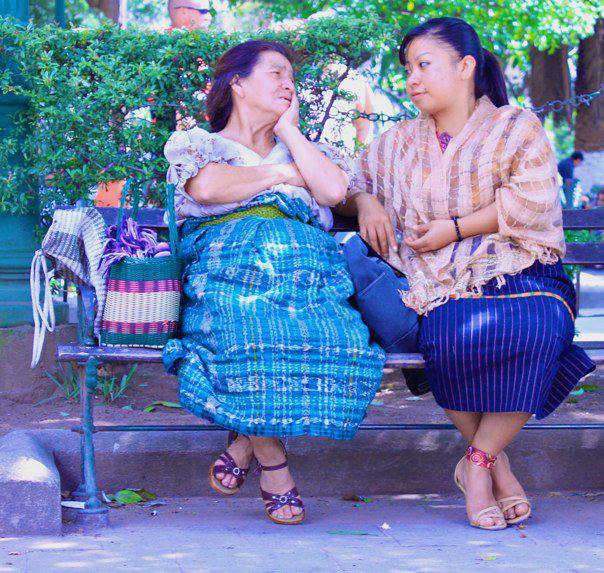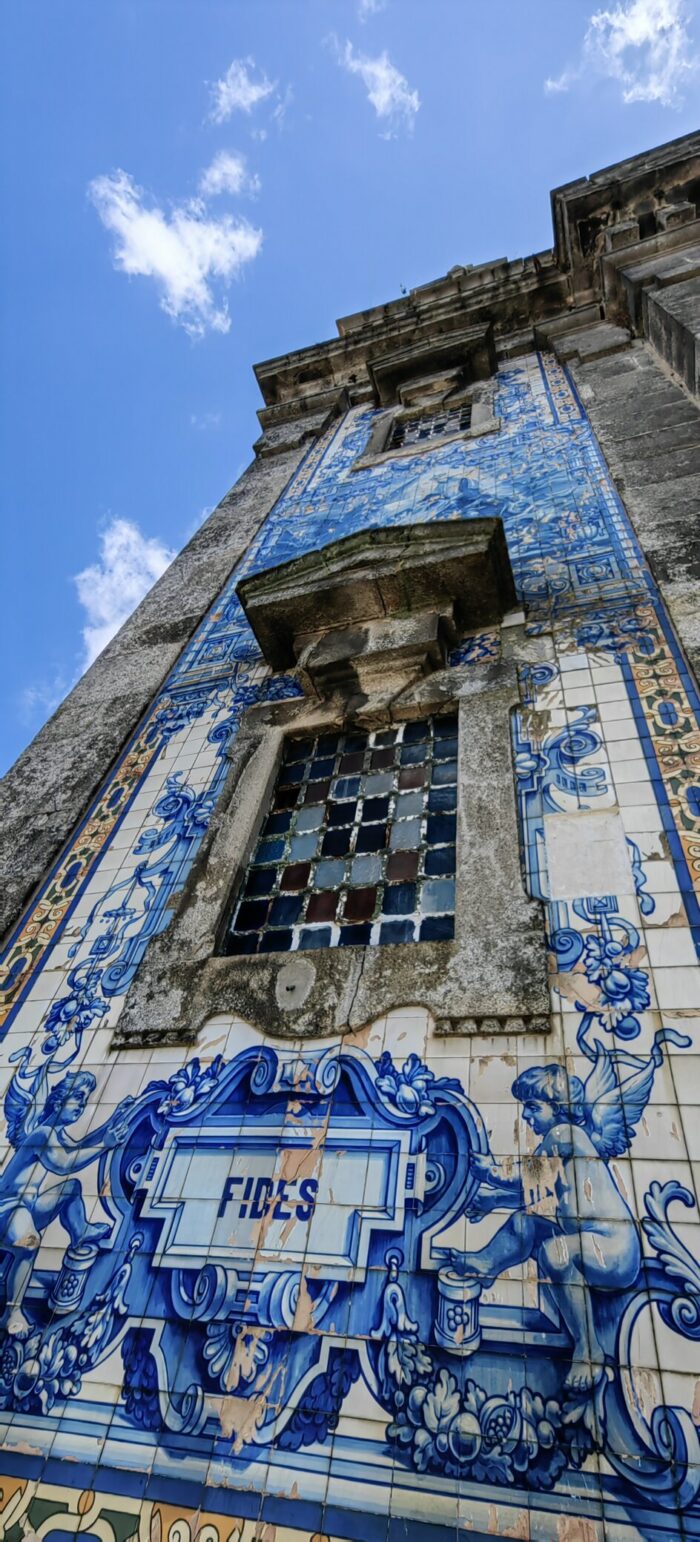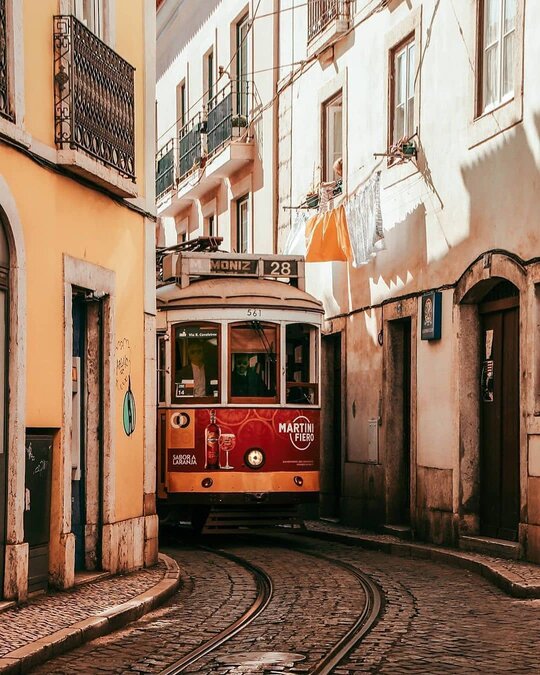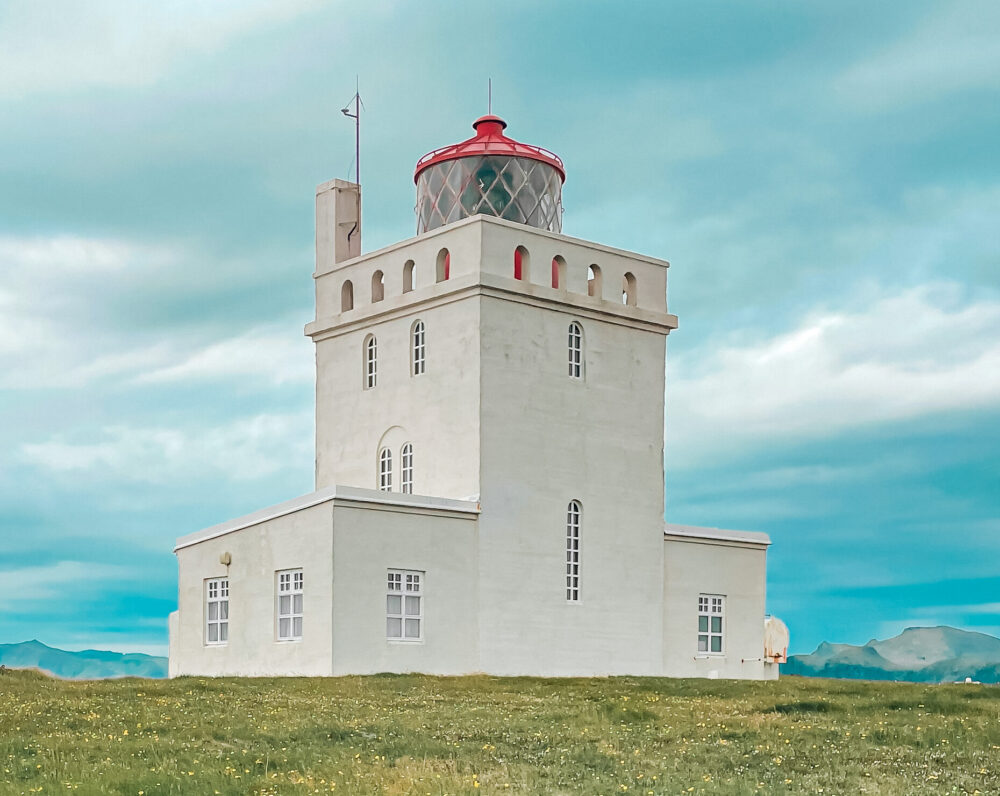A bustling metropolis; a colonial town blanketed in cobblestone; a jungle that opens up to ancient Mayan pyramids; a green oasis lined with pools of crystalline water. At first glance, an outsider would never guess that I’m describing a single country that’s only the size of Tennessee. Overlooked by many, Guatemala is a country rich in language, culture, food, and (clearly) topographical diversity. Two years ago, I had the chance to spend three months down south.
No como carne
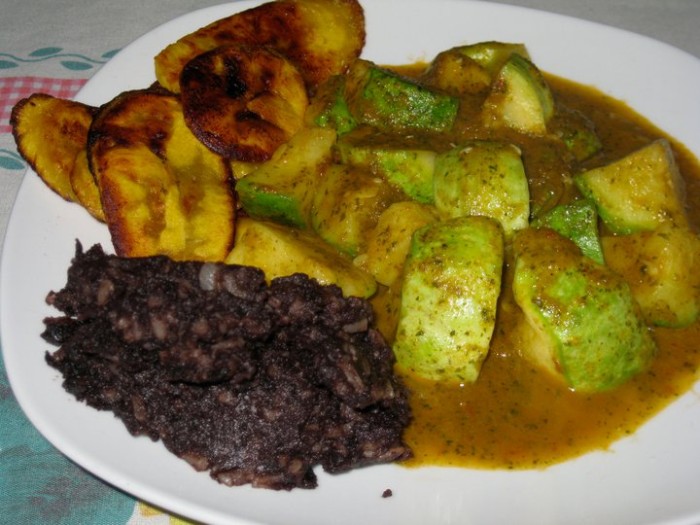
Pepian, an indigenous sauce of pumpkin seeds, tomatoes, and spices, is served here with squash, fried plantains, and refried black beans. Photo: Stephanie Jaffa
As a vegan, I approached my experience with more than a little trepidation. Guatemalan food is known for a heavy emphasis on beans, tortillas, plantains, and vegetables, which are obviously all vegan, but it never hurts to ensure that your dietary needs are met. As part of my study abroad program, I lived with a Guatemalan family. Each night, my host mother, always in an apron and carrying the scent of sweet perfume, prepared a veritable feast of traditional Guatemalan staples, veganized: fresh tortillas, puffing up from the pan, refried black beans, rich and creamy guacamole, pickled cabbage and beets, and plenty of sautéed vegetables.
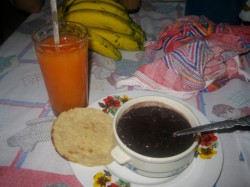
For breakfast, a papaya licuado is served with fresh tortillas and black beans. Photo: Stephanie Jaffa
A favorite meal was pepian, a naturally vegan sauce featuring pumpkin seeds, chiles, cilantro, tomatoes, bell pepper, and spices, all delicately roasted and blended. Traditionally, this sauce is served over chicken or pork, but my mom was gracious enough to plate mine with veggies. For dessert, I consistently swooned over rellenitos, smashed plantains stuffed with black beans, fried in vegetable oil, and sprinkled with sugar. And don’t forget the refreshments: besides some world-famous coffee (you can enjoy the Antigua roast at Starbucks, but there’s nothing like drinking it on location), I imbibed my fair share of licuados. A simple blend of fresh fruit and water, these drinks are a staple, especially within the cities.
From beaches to volcanoes to…caves?
Guatemala is known for the ancient Mayan pyramids that stand erect in the northernmost section of the country. While fantastic in their own right, there’s so much more of the country to explore. On one particularly adventurous weekend, my friends and I made our way to Montericco, a black sand beach lined with hammocks and teeming with stray cats and dogs (this isn’t unique to the beach; in general, the country is overpopulated with feral animals). A few weeks later, I found myself climbing one of Guatemala’s 33 volcanoes.
When the dry season commenced, I made the trip to perhaps my favorite location: Semuc Champey. Located in Alta Verapaz, this stunning location features a limestone bridge, river, and variety of caves. My group signed up for a tour that included an hour-long journey through one of Semuc Champey’s caves. We waded through water, holding candles above our heads, climbed rope ladders, and jumped off high perches in the darkness. After reemerging in daylight, we found ourselves climbing up a behemoth mountain, eventually coming upon the main event: turquoise pools of water, practically beckoning us to jump in. (We did). If you’re looking for a more tranquil vacation, visit Lago Atitlán, a lake surrounded by many villages (for all you yogis, San Marcos has tons of yoga retreats).
Something for everyone
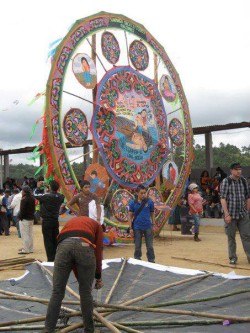
On Dia de los Santos, kite makers showcase their spectacular creations, most of which are simply made with tissue paper!
Beyond the country’s outdoor excursions, there are plenty of cultural events that are at once entertaining and educational. On November 1st, Guatemala celebrates Día de los Santos with a series of kite festivals. Hop on a bus to a nearby town and view a parade of handmade kites—some 57 feet across—while enjoying roasted corn or a chocolate-covered banana.
If you happen to be visiting in the spring, be sure to stop in colonial Antigua during Semana Santa. This is the week when locals, who spend hours crafting intricate carpets made of colored sawdust, unveil their beautiful creations for all to see.
If you seek the pleasures of playing the flâneur, relaxing in a café while taking in the colors and sounds of a new city, there are plenty of coffee shops, restaurants, and parks to bring you satisfaction. In Antigua, where I lived, my favorite neighborhood haunt even featured soy cappuccinos and a roasted vegetable panini to die for!
Guatemala is truly one of a kind: its people, its food, the countless languages spoken and traditions practiced. Although I plan to return someday, for now I’ll be content with the memories of fragrant coffee, convivial dinners, and peaceful kites flying in the breeze.
Also from Molly: Why Tattoos Are Not Vegan–And Cruelty-Free Alternatives
More in Travel: Vegan Friendly Countries by Flags
Photo: (top 2) Stephanie Jaffa; Molly Lansdowne


